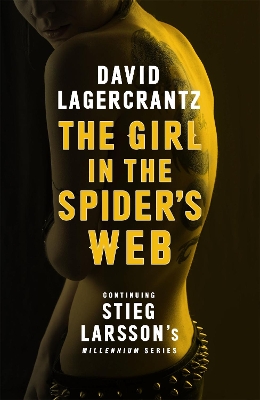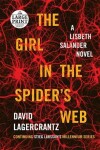
Kim Deister
This book marks the first written in the aftermath of Stieg Larsson’s death, and the difference in writing style between Larsson and Lagercrantz is clear. Perhaps it’s because the world was born from Larsson’s style, which carried us through...
Read moreThis book marks the first written in the aftermath of Stieg Larsson’s death, and the difference in writing style between Larsson and Lagercrantz is clear. Perhaps it’s because the world was born from Larsson’s style, which carried us through the three books, the “formative” years, but this first takes a bit to settle into. This is not to say it’s bad; it’s not. It’s just… different.
Different writing style or not, Lisabeth Salander continues to be one of my all-time favorite characters. She has all the makings of a fictional villain. She’s an antisocial, abrasive, hacker with a violent streak who thrives in the underbelly of the world. But she’s also a warrior, fighting against injustice (especially against women). I had fear that with a new writer, the magic that is her would disappear. It did not, although it did feel as if the author held back a bit in how he used her character in the novel. He pushed to her to a point, but that point felt slightly behind the line she went to in Larsson’s books. However, I suppose that is better than pushing a new-to-him character too far and ruining an icon by turning her into a caricature of herself.








